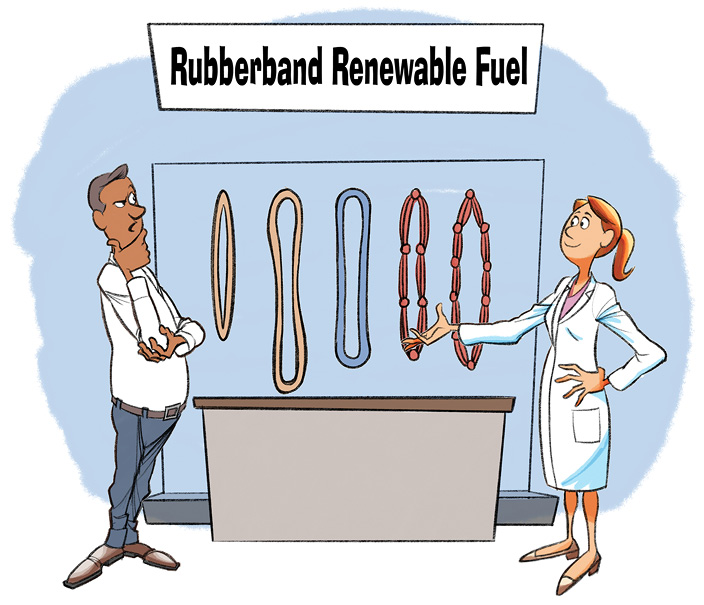citizen science
Keep Space Scurvy Away With Ascorbic Acid a Day
Science Scope—January/February 2021 (Volume 44, Issue 3)
By Jill Nugent
interdisciplinary ideas
How Can We Better Move From Data to Meaning?
Get Data Ready to Use! (Data Literacy 101)
Science Scope—January/February 2021 (Volume 44, Issue 3)
By Kristin Hunter-Thomson
Practical Research
“Science That Matters”
Teaching Science With a Commitment to Community
Science Scope—January/February 2021 (Volume 44, Issue 3)
By Daniel Birmingham and Angela Calabrese Barton
from the EDITOR’S desk
Learning for All
Science Scope—January/February 2021 (Volume 44, Issue 3)
By Patty McGinnis
Cross-curricular connections
Teaching Nature of Engineering with Picture Books
Science and Children—January/February 2021 (Volume 58, Issue 3)
By Hasan Deniz, Ezgi Yesilyurt, and Erdogan Kaya
Teaching Teachers
Impression Obsession
Exploring science phenomena in a play-centered preschool classroom
Science and Children—January/February 2021 (Volume 58, Issue 3)
By Jane Tingle Broderick, Kathryn Boniol, Nathan Martin, Kate Robshaw, and Virginia Holley
Engineering Encounters
Trap the Zhu Zhu!
Upper elementary students use an engineering design process to trap a moving Zhu Zhu pet
Science and Children—January/February 2021 (Volume 58, Issue 3)
By Sandra Pearl and Elizabeth Bless
Start With Phenomena
Why Are There Coral in the Cliffs?
Engaging third graders in a historical science phenomenon
Science and Children—January/February 2021 (Volume 58, Issue 3)
By Laura B. Schneider and Kayce Wills
Methods and strategies
Mapping Students’ Engineering Processes with Design Zones
Science and Children—January/February 2021 (Volume 58, Issue 3)
By Nicole Batrouny, Kristen Wendell, Chelsea Andrews, and Tejaswini Dalvi
Science 101



